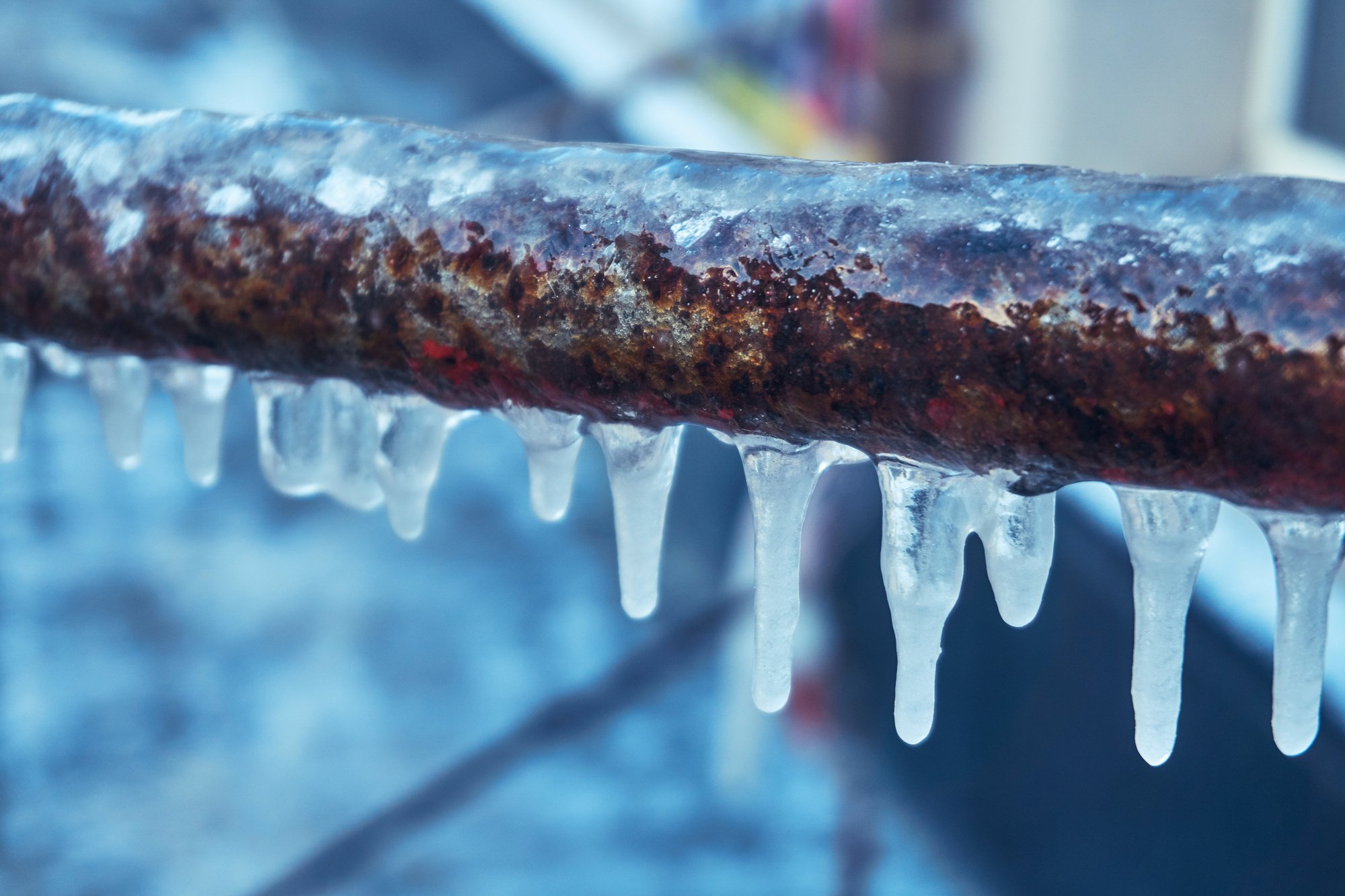This great article following next about Prevent Frozen Pipes is relatively enjoyable. Check it out yourself and see what you think about it.

Winter can ruin your plumbing, particularly by freezing pipelines. Here's just how to avoid it from taking place and what to do if it does.
Introduction
As temperature levels decrease, the threat of frozen pipelines boosts, possibly resulting in costly repair services and water damage. Comprehending how to prevent frozen pipelines is vital for property owners in chilly environments.
Prevention Tips
Protecting prone pipelines
Wrap pipes in insulation sleeves or utilize warmth tape to shield them from freezing temperatures. Concentrate on pipelines in unheated or exterior areas of the home.
Heating techniques
Keep interior areas appropriately warmed, specifically locations with pipes. Open up cabinet doors to allow warm air to circulate around pipelines under sinks.
Just how to recognize icy pipes
Search for decreased water flow from taps, uncommon smells or sounds from pipes, and visible frost on exposed pipelines.
Long-Term Solutions
Architectural modifications
Consider rerouting pipelines away from exterior wall surfaces or unheated areas. Include additional insulation to attics, cellars, and crawl spaces.
Upgrading insulation
Invest in high-grade insulation for pipelines, attics, and wall surfaces. Proper insulation aids maintain consistent temperature levels and decreases the threat of frozen pipelines.
Protecting Outside Plumbing
Garden tubes and outdoor taps
Detach and drain pipes yard hose pipes prior to winter. Set up frost-proof faucets or cover outdoor faucets with protected caps.
Recognizing Frozen Pipelines
What creates pipes to freeze?
Pipes ice up when revealed to temperature levels below 32 ° F (0 ° C) for extended periods. As water inside the pipes ices up, it broadens, taxing the pipe walls and potentially triggering them to rupture.
Threats and damages
Frozen pipelines can lead to supply of water interruptions, property damages, and costly repair services. Burst pipes can flood homes and create considerable architectural damage.
Signs of Frozen Pipes
Recognizing icy pipes early can prevent them from breaking.
What to Do If Your Pipelines Freeze
Immediate activities to take
If you think icy pipelines, keep taps available to alleviate stress as the ice melts. Use a hairdryer or towels taken in hot water to thaw pipes gradually.
Conclusion
Protecting against frozen pipelines requires aggressive steps and quick responses. By recognizing the causes, indicators, and preventive measures, house owners can protect their plumbing throughout cold weather.
6 Proven Ways to Prevent Frozen Pipes and Protect Your Home
Disconnect and Drain Garden Hoses
Before winter arrives, start by disconnecting your garden hoses and draining any remaining water. Close the shut-off valves that supply outdoor hose bibs and leave the outdoor faucet open to allow any residual water to drain. For extra protection, consider using faucet covers throughout the colder months. It’s also important to drain water from any sprinkler supply lines following the manufacturer’s directions.
Insulate Exposed Pipes
Insulating your pipes is an effective way to prevent freezing. Pipe insulation is readily available at home improvement stores and is relatively inexpensive. Pay close attention to pipes in unheated areas such as the attic, basement, crawl spaces, or garage. Apply foam insulation generously to create a buffer against the cold. You can also wrap your pipes in heat tape or thermostat-controlled heat cables for added warmth.
Seal Air Leaks
Inspect your home for any cracks or openings that could let in cold air. Seal any holes around the piping in interior or exterior walls, as well as the sill plates where your home rests on its foundation. Additionally, make sure to keep your garage door closed unless you’re entering or exiting. Leaving it open creates a significant air leak that can lead to frozen pipes.
Allow Warm Air Circulation
During cold snaps, it’s essential to allow warm air to circulate evenly throughout your home. Leave interior doors ajar to promote better airflow. Open kitchen and bathroom cabinets to help distribute heat consistently around the rooms. If you have small children or pets, be sure to remove any household chemicals or potentially harmful cleaners from open cabinets for safety.
Let Faucets Drip
A small trickle of water can make a big difference in preventing ice formation inside your pipes. When temperatures drop significantly, start a drip of water from all faucets served by exposed pipes. This continuous flow helps prevent the water from freezing. Additionally, running a few faucets slightly can relieve pressure inside the pipes, reducing the chances of a rupture if the water inside does freeze.
https://choateshvac.com/6-proven-ways-to-prevent-frozen-pipes-and-protect-your-home/
:strip_icc()/snow-outdoor-faucet-pipes-4af65d1e5e904fb1aa7bf74071fe5d89.jpg)
We had been brought to that editorial on How to Prevent Your Pipes From Freezing from a friend on another web property. Enjoyed our content? Please share it. Help someone else locate it. Thank you for your time spent reading it.
Call Today